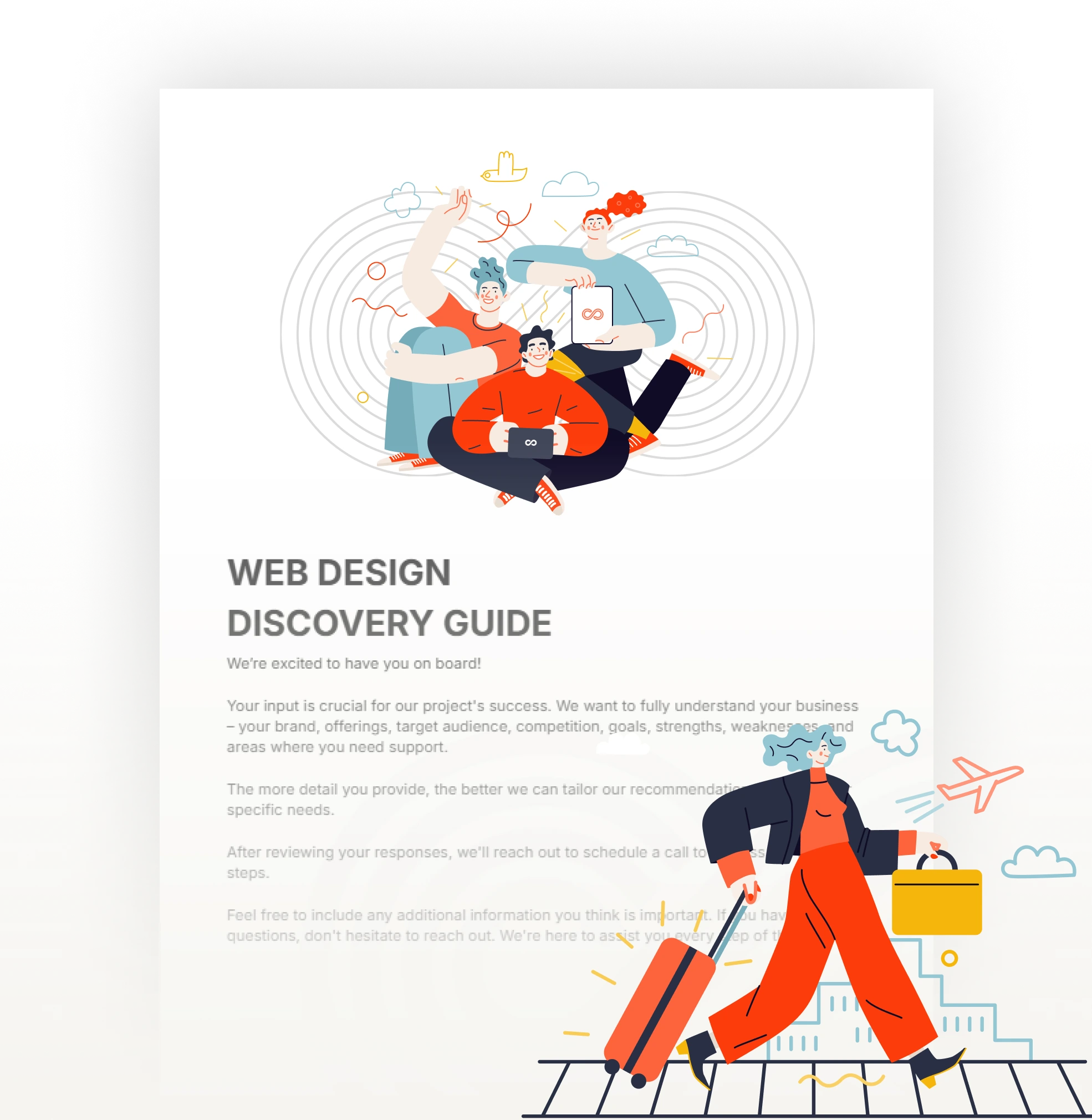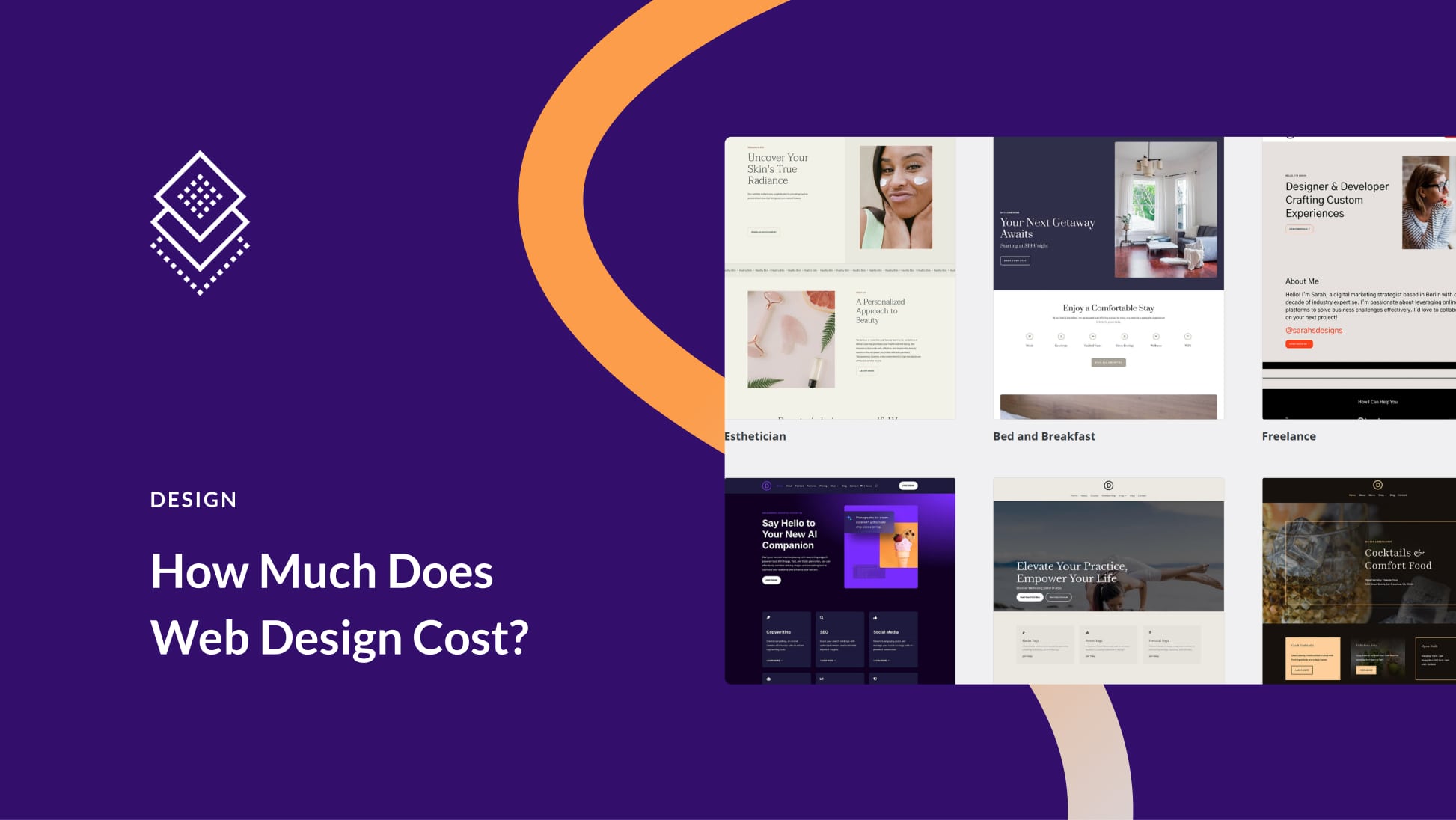Creative Aligned Position Web Design: Cutting-Edge Solutions for Your Website’s Success
Creative Aligned Position Web Design: Cutting-Edge Solutions for Your Website’s Success
Blog Article
The Ideal Kinds Of Website Design to Boost User Experience and Engagement
In the ever-evolving landscape of digital interaction, the effectiveness of Web layout substantially impacts individual experience and engagement. Numerous design techniques, such as minimalist, responsive, and interactive designs, each offer one-of-a-kind benefits that can provide to varied customer needs.
Minimalist Website Design
As electronic landscapes end up being progressively messy, minimal Web style has actually become a powerful technique to improving user experience. This style approach prioritizes simpleness, focusing on essential components while removing unneeded interruptions. By utilizing adequate white space, simple navigation, and a limited color palette, minimalist style cultivates clearness and directs user interest to vital web content.
The core concept of minimal website design is to create a smooth interaction for customers. By lowering cognitive tons, customers can swiftly comprehend info without really feeling overwhelmed. This direct strategy not just improves use yet likewise encourages interaction, as visitors are more most likely to check out a site that is easy and visually attractive to navigate.
Furthermore, minimalist layout commonly emphasizes typography and images, using these aspects strategically to share messages effectively. This concentrate on essential elements can improve brand name identification and create a memorable customer experience. Fundamentally, minimalist Web style is not simply a fad; it is a thoughtful approach that identifies the value of user-centered style. By removing away extraneous components, developers can create a more interesting, reliable, and pleasurable Web experience for all users.
Responsive Website Design
In today's varied digital setting, receptive website design has actually ended up being essential for creating a smooth customer experience throughout a plethora of gadgets. As users access sites on smartphones, laptops, desktops, and tablet computers, the ability of a site to adjust its design and content to various display dimensions and resolutions is critical.
Responsive website design utilizes adaptable grids, pictures, and CSS media queries to make certain that Web material is provided efficiently, no matter of the device made use of. This strategy not just boosts the aesthetic appeal of an internet site but additionally substantially improves functionality. Customers are more probable to involve with a site that supplies a regular experience, as it removes the aggravation of having to zoom in or scroll excessively.
By adopting receptive layout, services can improve their exposure and get to a wider target market. In recap, responsive Web style is a fundamental technique that enhances individual experience, interaction, and general fulfillment.
Interactive Website Design
Responsive website design prepares for improving individual experience, however interactive website design takes this a step further by involving customers in a more vibrant method - Aligned Position Web Design. By incorporating aspects such as animations, clickable models, and real-time feedback, interactive Web design captivates individuals, attracting them right into a richer surfing experience
This technique not just promotes involvement but likewise encourages customers to explore material actively instead of passively consuming it. Methods such as gamification, where individuals make benefits for completing tasks, can significantly enhance the time invested in a website and improve overall satisfaction. Furthermore, interactive features can simplify intricate info, making it more digestible and satisfying.

Incorporating interactive layout aspects can also bring about higher conversion prices, as customers are much more most likely to involve with a website that proactively involves them. Aligned Position Web Design. Eventually, interactive website design changes customer experiences into unforgettable trips, making sure that visitors return time after time
Apartment Layout
Characterized by its minimalistic technique, level style stresses simplicity and functionality, removing unneeded components and concentrating on important attributes. This design viewpoint focuses on functionality, making certain that users can navigate interfaces with simplicity and performance. By using a tidy visual, level style removes the mess usually found in extra elaborate styles, thereby boosting customer focus on web content and functionality.
The hallmark of level design hinges on its usage of strong shades, easy typography, and geometric shapes. These aspects contribute to a visually attractive interface that is both modern-day and approachable. In addition, flat design cultivates a feeling of quality, allowing customers to discern essential activities and details without interruption.
In addition, level style is particularly efficient in receptive Web design, as its simpleness converts well throughout different devices and display dimensions. By concentrating on crucial features, flat layout not just meets customer demands but additionally urges seamless communication, making it a vital component of effective Web layout strategies.
Adaptive Web Layout
Flexible website design customizes the user experience by producing multiple taken care of formats customized to different display sizes and gadgets. Unlike responsive design, which fluidly changes a solitary layout, adaptive layout uses unique formats for specific breakpoints, making sure optimal presentation on different platforms. This approach enables designers to concentrate on the one-of-a-kind qualities of each tool, improving functionality by supplying specifically what customers require based on their context.
Among the main benefits of flexible website design is its ability to optimize tons times and efficiency. By offering tailored material and photos that fit the user's device, websites can reduce original site information use and boost loading speeds. This is especially advantageous for users with slower connections or restricted information plans.

Additionally, flexible layout helps with an extra consistent and controlled branding experience. Considering that designers produce multiple layouts, they can make certain that the visual elements align with the brand name's identification throughout various platforms - Aligned Position Web Design. This results in a cohesive user experience, improving involvement and promoting user retention
Verdict
Minimalist layout promotes quality and focus, while receptive design makes certain versatility throughout various tools, promoting access. Jointly, these style approaches add to the creation of easy to use settings that not just enhance complete satisfaction yet additionally drive greater conversion prices, emphasizing their crucial relevance in contemporary Web style techniques.

Minimal design promotes clarity and emphasis, while receptive layout makes certain flexibility across different tools, advertising ease of access. Jointly, these layout comes close to contribute to the development of easy to use environments that not just improve fulfillment but also drive greater conversion rates, emphasizing their essential importance in link modern Web layout approaches.
Report this page